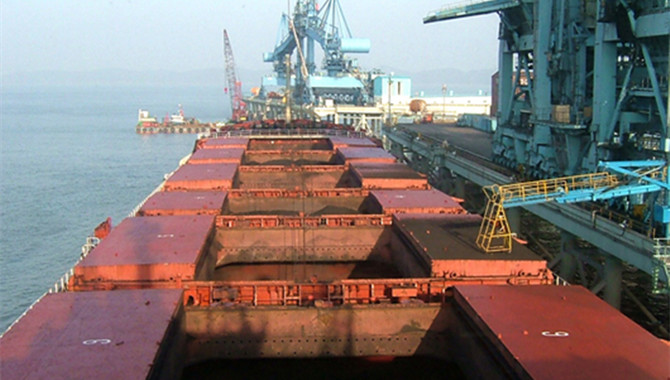
China's commodities markets suffered through a turbulent year in 2021 as an energy crunch and subsequent government intervention roiled the prices of products from thermal coal to urea, whipsawing them from record highs to monthly lows in weeks.
Still, the market is broadly set to end the year higher, notably tin, edible oils and thermal coal, though a second year of wild swings and sharp gains are unlikely amid expectations of more subdued economic growth.
“Factors such as the economic cycle, high inflation and mutating viruses exacerbated the volatility of commodity prices,” said Wang Xiao, lead researcher at Guotai Junan Futures.
“Due to weaker demand growth and strong supply resumption, China's commodity prices will have a low probability of another bull market next year.”
METALS
Metals traded on the Shanghai Futures Exchange are expected to decline from this year's highs, but will still find demand support and remain above pre-COVID levels.
“Energy shortages recorded in the second half of 2021 led to a drop in Chinese metals demand. We therefore see some of the demand being pushed back into 2022, as the outlook for autos manufacturing, machinery and appliances, and consumer electronics sectors remains positive,” Fitch Solutions said in a note.
However, faltering credit growth and the slowdown in China's property sector following the spillover from China Evergrande Group's debt problems will cap overall metal demand next year, added Fitch.
Consequently, iron ore on the Dalian Commodity Exchange and steel traded on the Shanghai Exchange are expected to see sharper declines versus base metals, which can count on demand from the renewable energy and electric vehicle sectors as well as low inventories for price support.
ENERGY
Zhengzhou Commodity Exchange thermal coal prices are expected to trend down in 2022 after rising to records this year because of China's measures to boost supplies and stabilise prices.
The ease in coal prices would temper gains in energy-intensive products like aluminium and urea, said Guotai Junan's Wang.
Meanwhile, several global banks and the International Energy Agency expect oil prices to average higher next year on improved demand, which the Organization of the Petroleum Exporting Countries sees returning to pre-pandemic levels, with forecasts for Brent ranging between $79 and $88 per barrel.
AGRICULTURE
Global supply shortages pushed edible oils to multi-year and record highs in 2021. Canada's canola harvest yielded its smallest crop in 14 years because of a severe drought, while a labour crunch, mill disruptions and fertiliser shortages impacted Southeast Asian palm oil output.
Production is seen remaining soft throughout the first half of 2022, but analysts are hopeful easing labour shortages will eventually boost output and cool prices.
Dalian live hog and egg futures declined this year, with hog futures shedding half its value because of oversupply and as recurring coronavirus cases hit domestic tourism and restaurant dining.
As large producers gain market share amid industry consolidation, hog futures will be challenged again next year since bigger firms have the financial capacity to keep operating during loss-making periods versus smaller farmers, said Darin Friedrichs, co-founder of agricultural research firm Sitonia Consulting.
“This means the market is likely to be oversupplied longer which in turn could weigh on prices,” he said.
Source: Reuters
The opinions expressed herein are the author's and not necessarily those of The Xinde Marine News.
Please Contact Us at:
media@xindemarine.com


 PIL launches Academy to strengthen workforce compet
PIL launches Academy to strengthen workforce compet  Coal shipments to advanced economies down 17% so fa
Coal shipments to advanced economies down 17% so fa 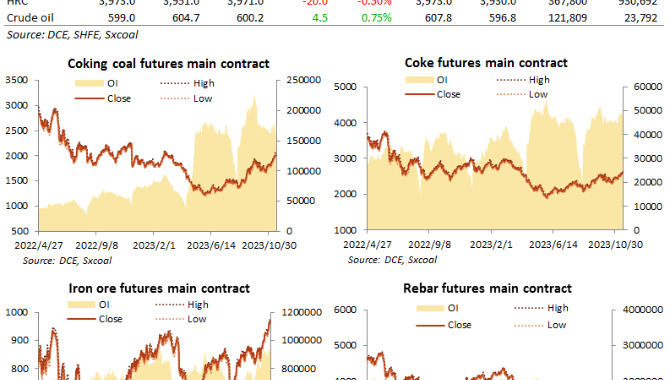 China futures market updates at close (Nov 14)
China futures market updates at close (Nov 14) 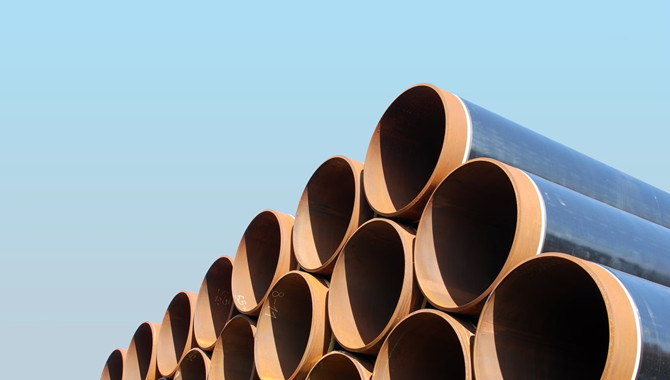 CISA: China's daily crude steel output down 5.7% in
CISA: China's daily crude steel output down 5.7% in 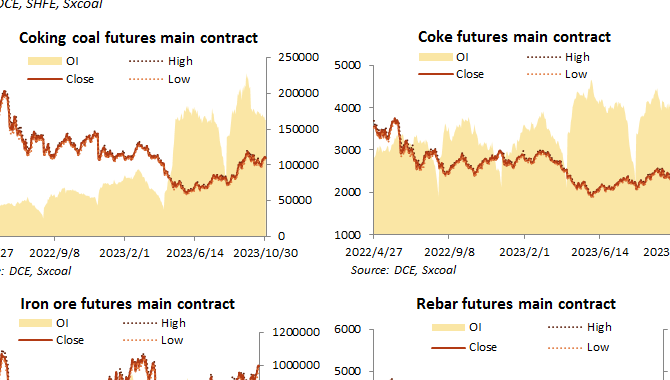 China futures market updates at close (Oct 31)
China futures market updates at close (Oct 31) 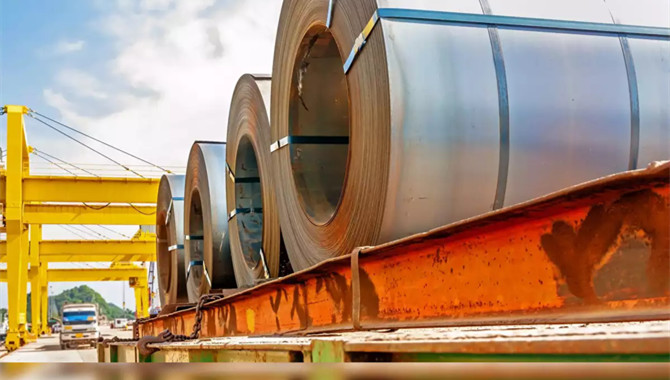 CISA: China's daily crude steel output down 1.2% in
CISA: China's daily crude steel output down 1.2% in